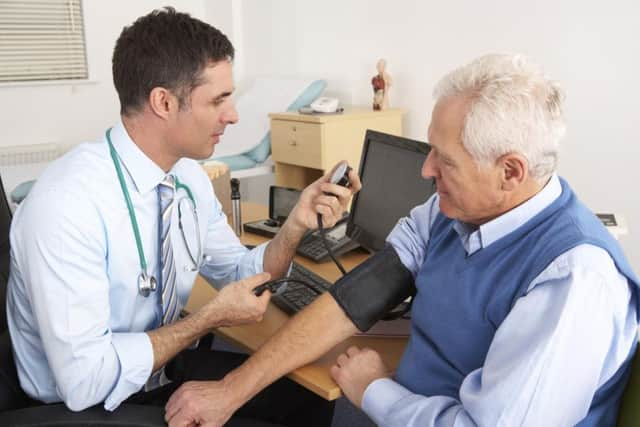Microchip in chest alerts doctors of heart trouble


The tiny sensor alerts doctors to any change in the condition of patients with heart failure, enabling them to contact the patient and advise them on measures to take before their symptoms get worse.
The condition, which means the heart does not pump blood around the body at the right pressure, affects around 900,000 people in the UK and doctors believe the device could have the potential to improve the treatment and management of many patients.
Advertisement
Hide AdAdvertisement
Hide AdProfessor Martin Cowie is consultant cardiologist at Royal Brompton & Harefield NHS Foundation Trust in London, where seven patients have had the device fitted, and said it has proved to be useful during the recent hot weather as patients who live with heart failure have to regulate how much fluid they take in each day.
He said that despite being at a conference in Brazil at the time, he was able to see that one of his patients was dehydrated and so was able to contact them and tell them to drink more water. The miniature device even alerts doctors before the patients have noticed any symptoms.
Its use in the UK follows a trial in the United States, which found the sensor reduced hospital admissions by an average of 30 per cent after six months, compared with a control group.
Patients have had the miniature sensor inserted into their pulmonary artery – the main blood vessel carrying blood from the heart to the lungs – using a thin tube that is passed up to the heart through a vein in the leg in a minimally invasive procedure.
Once in place, the device – which has no battery or replaceable parts – enables remote monitoring of changes in blood pressure in the pulmonary artery, which is a good indicator of worsening heart failure because the condition causes pressure within the heart, and in turn the pulmonary artery, to rise.
Its use requires the patient to spend a couple of minutes a couple of times a week lying on a specially adapted pillow, which receives data wirelessly from the implanted sensor and is connected to a monitor that sends the readings directly to the patient’s doctors.
The readings can then be analysed to determine if they need to adjust their treatment.
He said: “This device has the potential to revolutionise the care of heart failure patients. By detecting any deterioration in heart function at a much earlier stage and changing treatment accordingly, we should be able to prevent significant numbers of hospital admissions and improve the quality of life for many thousands of people with the condition.”